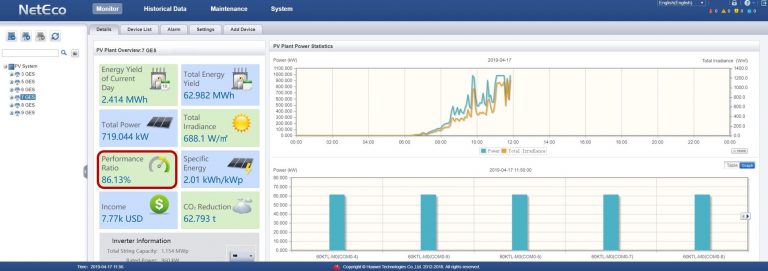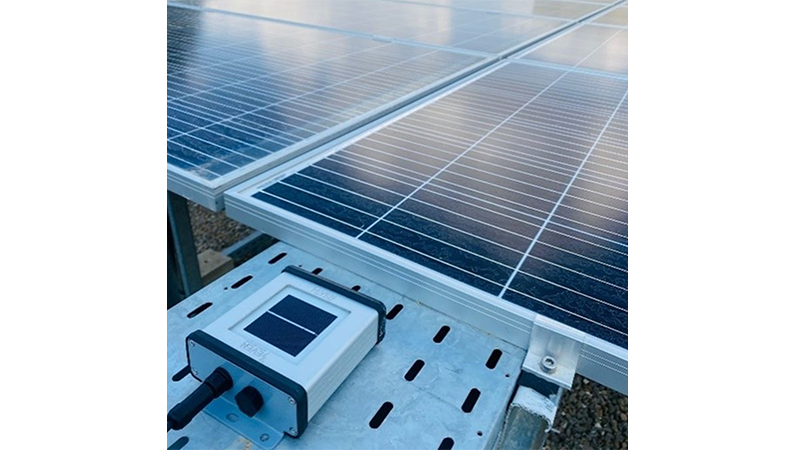The simple answer: to avoid financial loss. PV systems require large-scale investments, and the return on these investments typically spans 5 to 8 years. For projects that cost hundreds of thousands—even millions—of dollars, performance monitoring is not optional; it’s essential.
Let’s look at a real-world example to illustrate the importance of weather monitoring. Last year, Company “A” built two side-by-side solar power plants in the flat plains of Konya, Turkey. The plants are identical in every aspect: same capacity, same model and number of panels, same inverters, same cabling—practically carbon copies of one another.
Everything looked perfect… until the first billing cycle. At the end of the month, the revenue generated from each plant was significantly different. One plant generated an invoice of $17,500, while the other came in at $15,200—a $2,300 discrepancy. The investor asked the natural question: “How can two identical systems produce such different results?” Clearly, there was a performance issue in the underperforming plant.
But this investor was lucky—they had a second plant for comparison. Most investors only own one facility, and would never notice a monthly loss of $2,300, which adds up to $27,600 per year. That’s a major financial loss.
Weather Monitoring Stations are designed to prevent precisely this type of hidden loss. A complete station typically includes 4 to 5 key sensors, the most critical being the Irradiance Sensor. Working in tandem with module temperature, ambient temperature, and wind speed sensors, these instruments calculate how much energy the system should be producing and send this data to the PV monitoring software.
In short, it helps ensure the system meets the equation:
Actual Energy Output = Expected Energy Output
If there’s a deviation—if your plant produces less than expected—the system signals a problem. While the sensors won’t tell you what the issue is (e.g., faulty inverters, soiled panels, or line losses), they will tell you there’s a problem.
Without these sensors, there’s no way to detect underperformance, and you may be losing money without realizing it.
What Does a Weather Monitoring Station Cost?
Compared to your total PV investment, the cost is negligible. A full station ranges from $1,000 to $2,000, and that small investment can help prevent tens of thousands of dollars in annual losses. That’s why many solar plant technical specifications now require the inclusion of a weather monitoring station. Even individual investors can install a Weather Monitoring Station to verify that their plant is operating at its full potential and take immediate action when something goes wrong.


As shown in the NetEco monitoring graph above, the system displays the real-time performance ratio of the plant. It compares the data received from the sensors with the design parameters of the system and calculates the expected energy production. It then shows the ratio between actual and expected output, helping plant operators detect deviations instantly. The graph also shows how production varies in relation to irradiance.
An investor who can monitor their system’s performance accurately is a confident and informed investor. If you’re considering installing a weather monitoring station, Seven Sensor’s technical team is here to help. We’ll assess your plant’s specifications and recommend the most suitable Weather Monitoring Station solution for your needs.
